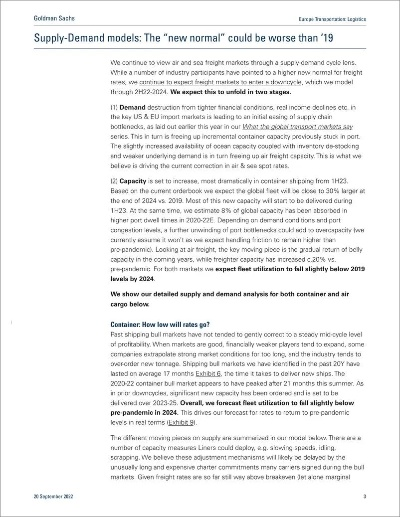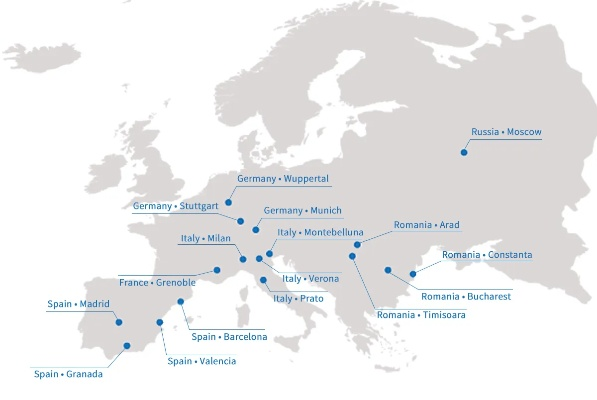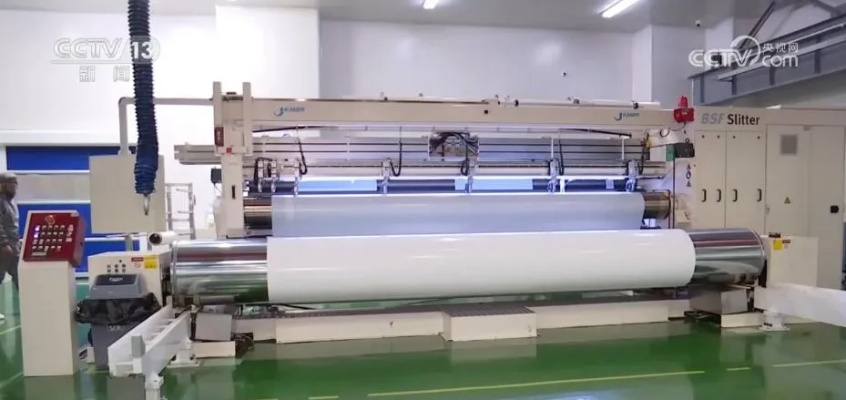The Evolution of European Textile Logistics:A Journey Through Time
: The Evolution of European Textile Logistics: A Journey Through Time,Abstract: This paper delves into the historical evolution of textile logistics in Europe, tracing its development from pre-industrial times to modern-day efficiency and innovation. By analyzing key milestones such as the Industrial Revolution, technological advancements, and globalization, it highlights the transformative impacts on the industry's structure and operations. Ultimately, the study underscores the importance of continuous adaptation and technological integration for sustaining competitiveness in a dynamic market.
Introduction: Textiles have been a cornerstone of human civilization for centuries, and the transportation of these products has played a pivotal role in their distribution and consumption worldwide. Europe, with its rich history of textile production and trade, has been at the forefront of this industry. In this essay, we will explore the development of European textile logistics from its early days to the modern era, using case studies and statistics to illustrate key milestones and trends.

Historical Background: The roots of European textile logistics can be traced back to ancient times, when merchants began trading goods across continents. However, it was not until the Industrial Revolution that textile logistics truly took off. By the mid-19th century, factories had emerged in Europe, producing high-quality textiles that were in demand around the world. This led to the development of specialized transportation networks, including steamships and railways, which enabled faster and more efficient delivery of goods.
Early Transportation Methods: In the early years of textile logistics, ships were the primary mode of transport for exporting textiles. These vessels carried large quantities of fabrics, yarns, and other raw materials across oceans to foreign markets. The transatlantic slave trade also played a significant role in the growth of textile production in Europe, as African slaves were brought to America to work on cotton plantations.
Railroads and Steamships: As textile production grew, so did the need for efficient transportation. By the late 19th century, railroads had become an essential part of the textile industry, allowing goods to be transported quickly and efficiently between factories and ports. Additionally, steamships became popular for long-distance shipping, particularly between Europe and Asia.
Post-World War II Era: The post-World War II era saw a renewed focus on textile logistics, as countries sought to rebuild their economies after the devastation caused by World War II. This period also saw the emergence of new technologies, such as refrigerated containers and air freight, which further improved the efficiency of textile shipments.
Modern Era: Today, European textile logistics is characterized by advanced technology, globalization, and sustainability. With the rise of e-commerce and online marketplaces, textile companies are able to reach customers worldwide much faster than ever before. Additionally, advances in logistics management systems have made it possible for companies to optimize their supply chains and reduce costs while still maintaining high levels of quality control.
Case Study: One example of the impact of technological advancements on European textile logistics is the use of blockchain technology in supply chain management. Blockchain allows companies to track the movement of goods from point A to point B with greater accuracy and transparency, reducing the risk of fraud and improving overall efficiency. For example, one major textile manufacturer in Italy has implemented blockchain technology to streamline its supply chain and ensure that all components meet strict quality standards before being shipped to factories abroad.
Statistics: According to a report by the International Trade Centre, the global textile market is worth $2 trillion per year, with Europe accounting for approximately 40% of this value. This highlights the importance of efficient textile logistics in supporting this thriving industry.
Conclusion: Europe's textile logistics history is a testament to the resilience and adaptability of the human spirit. From the early days of sailing ships to the present day, European textile logistics has evolved alongside the changing needs and demands of society. As we look to the future, it is clear that continued innovation and investment in technology will be key to ensuring that Europe remains a leader in the global textile industry.
欧洲作为全球纺织品的重要生产与销售中心,其纺织品物流发展历程可谓波澜壮阔,本篇将通过图表和案例,详细介绍欧洲纺织品物流的发展历程,并辅以英文口语化说明。
早期发展阶段

早期欧洲纺织品物流主要以手工编织和传统贸易为主,主要通过海运和陆运方式进行,随着工业革命的推进,欧洲纺织品开始大规模生产,物流需求逐渐增加,在此阶段,欧洲纺织品物流主要依赖于传统的贸易渠道和地方性的物流公司。
现代发展阶段
随着科技的不断进步和全球化趋势的加强,欧洲纺织品物流进入现代发展阶段,现代物流公司开始采用先进的物流技术和设备,提高物流效率,欧洲各国政府也加强了对纺织品物流的监管和管理,推动物流行业规范化发展。
以下是现代欧洲纺织品物流发展的几个重要案例:
欧洲纺织品跨境物流
近年来,欧洲跨境纺织品物流逐渐成为一种趋势,某欧洲国家与亚洲国家之间的纺织品贸易往来日益频繁,双方通过建立专门的跨境物流公司,实现了纺织品的高效、快速运输,该跨境物流公司采用了先进的物联网技术,实现了对货物的实时追踪和监控,大大提高了运输效率。
欧洲纺织品冷链物流
随着人们对纺织品品质和安全性的要求不断提高,欧洲纺织品冷链物流逐渐成为一种趋势,欧洲各国政府和企业纷纷投入大量资金和技术支持,推动冷链物流的发展,某欧洲大型纺织品生产企业采用了先进的冷藏车和温控技术,实现了对纺织品从生产到销售的全程冷链管理,大大提高了产品的质量和安全性。
欧洲纺织品物流将继续朝着现代化、智能化、绿色化的方向发展,随着物联网、大数据、人工智能等技术的不断发展,欧洲纺织品物流将更加高效、智能、环保,欧洲各国政府也将加强对纺织品物流的监管和管理,推动物流行业规范化、标准化发展。
欧洲纺织品物流的发展历程是一个不断进步、不断发展的过程,在早期阶段,主要依靠手工编织和传统贸易;在现代阶段,随着科技的不断进步和全球化趋势的加强,物流公司采用先进的物流技术和设备,推动了物流行业的发展;未来展望中,欧洲纺织品物流将继续朝着现代化、智能化、绿色化的方向发展,欧洲各国政府也将加强对纺织品物流的监管和管理,推动行业规范化、标准化发展。
Articles related to the knowledge points of this article:
Luoqiang National Textile Factory Job Opportunity



